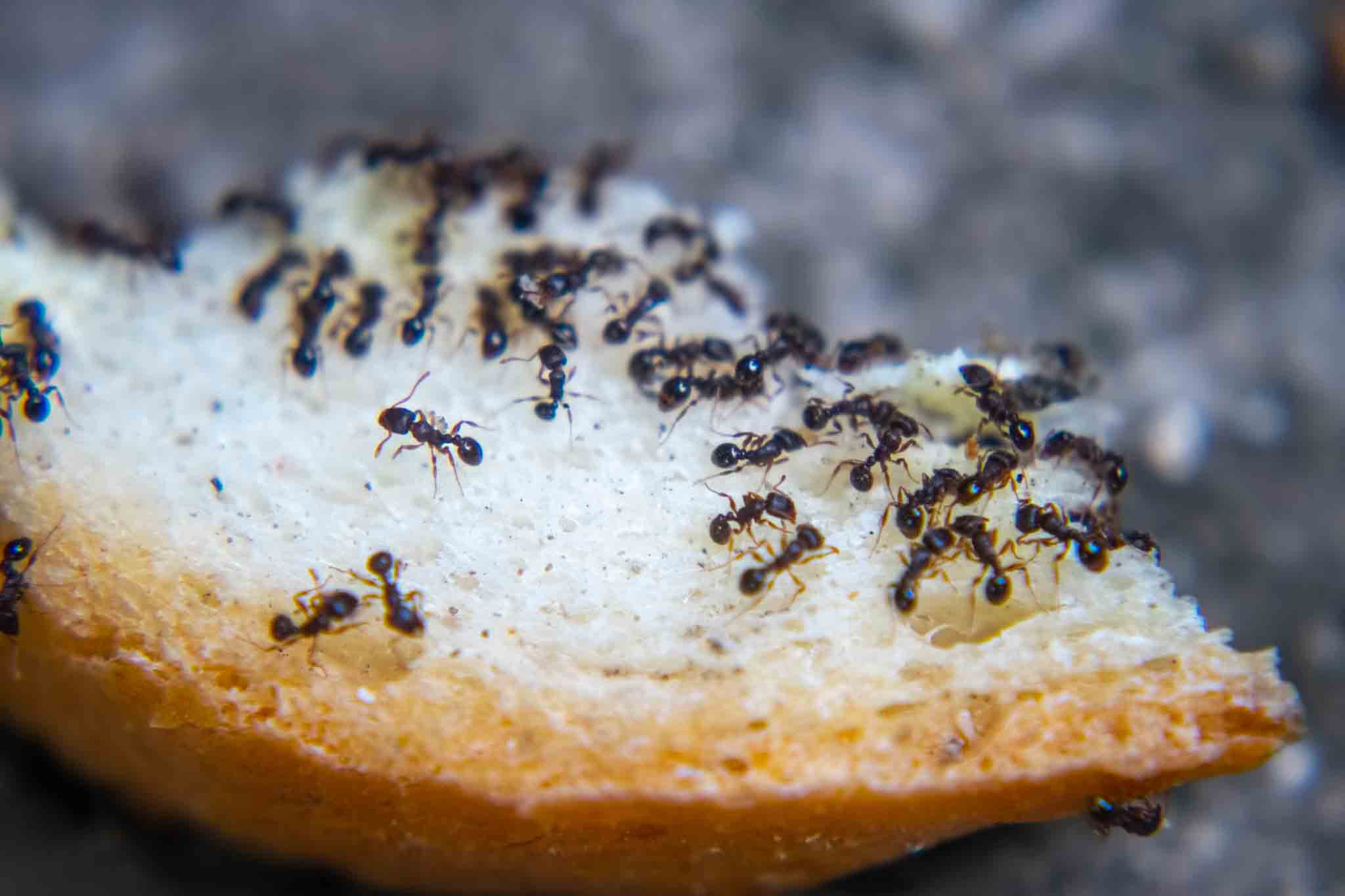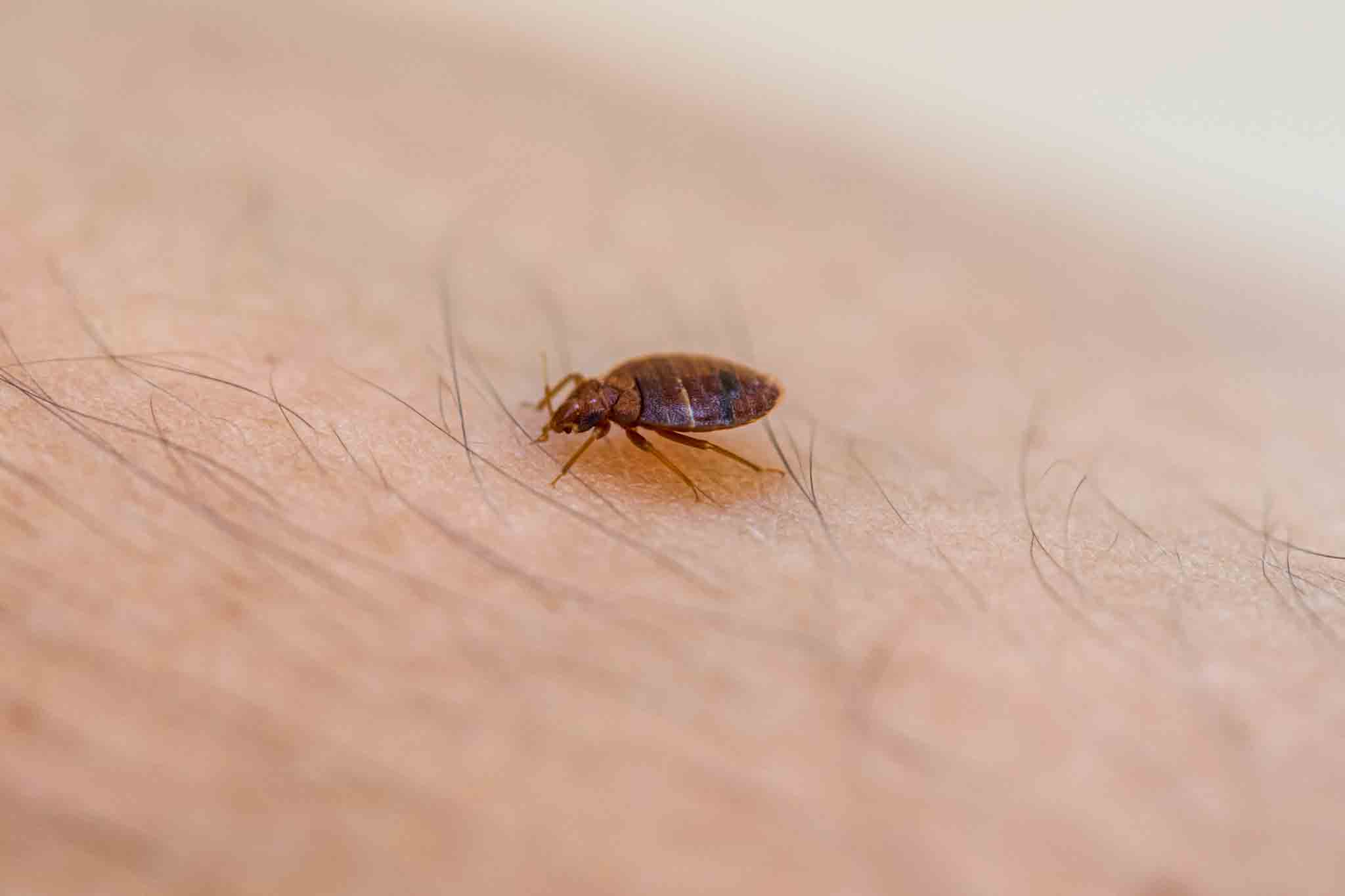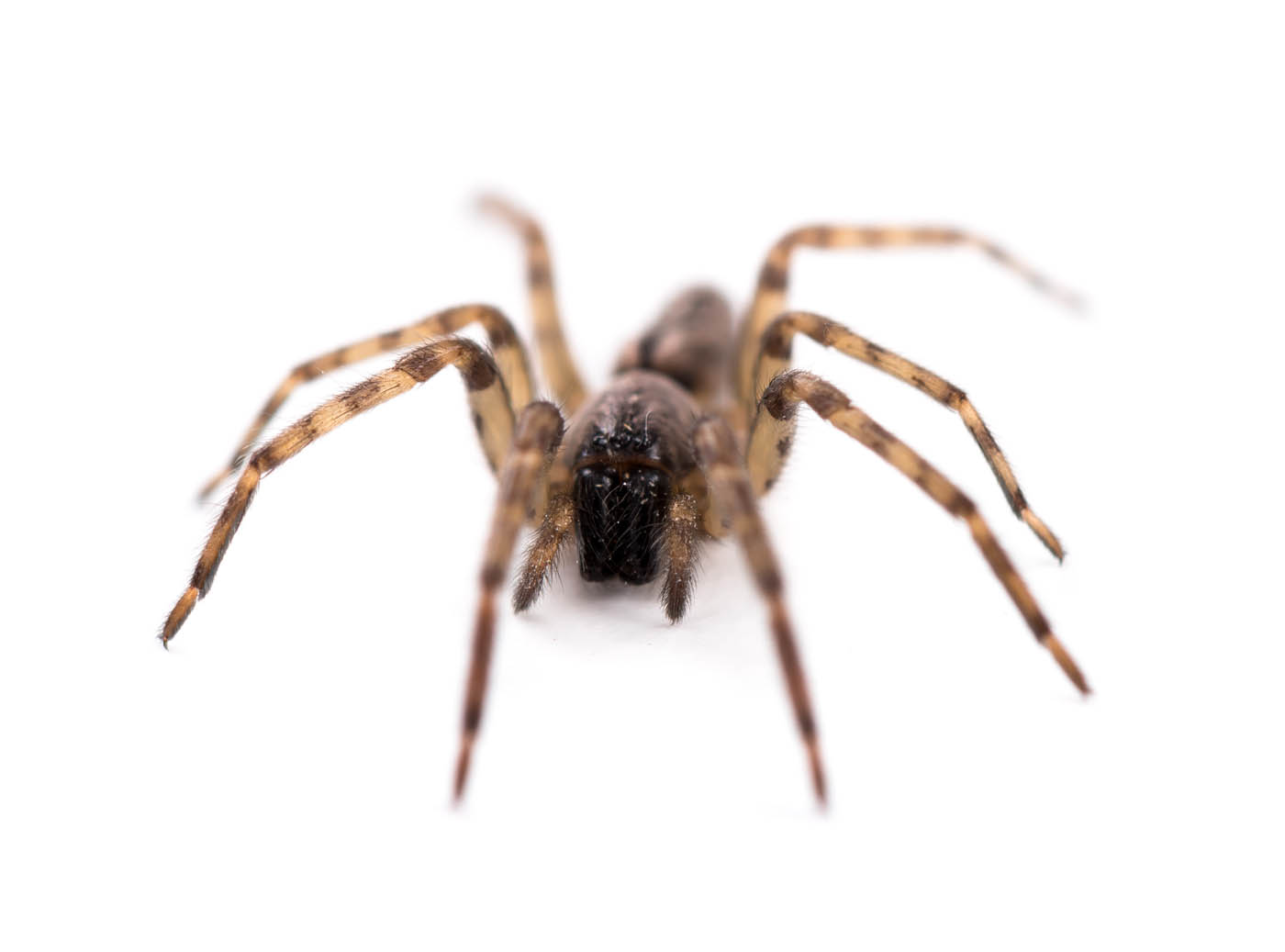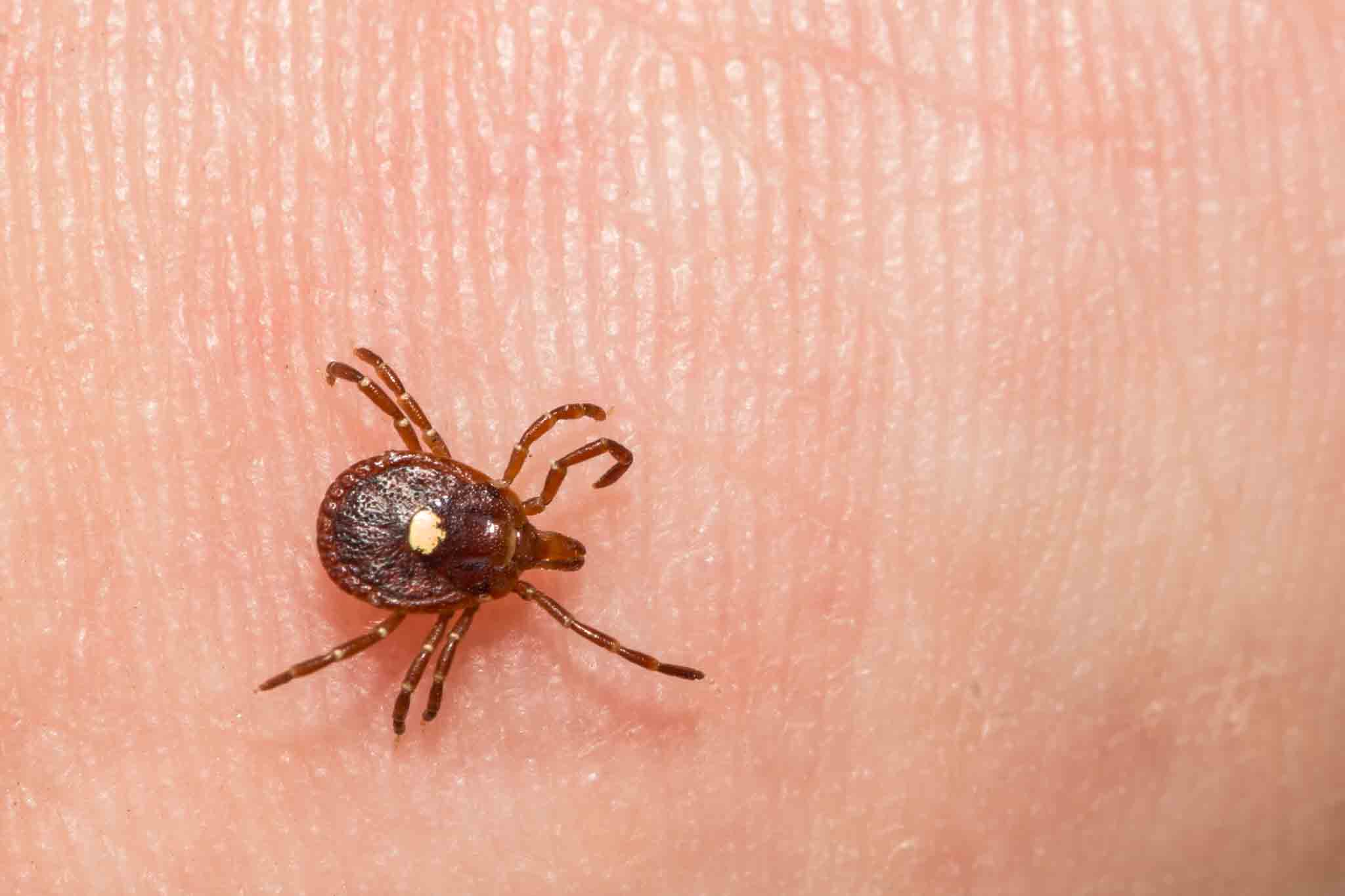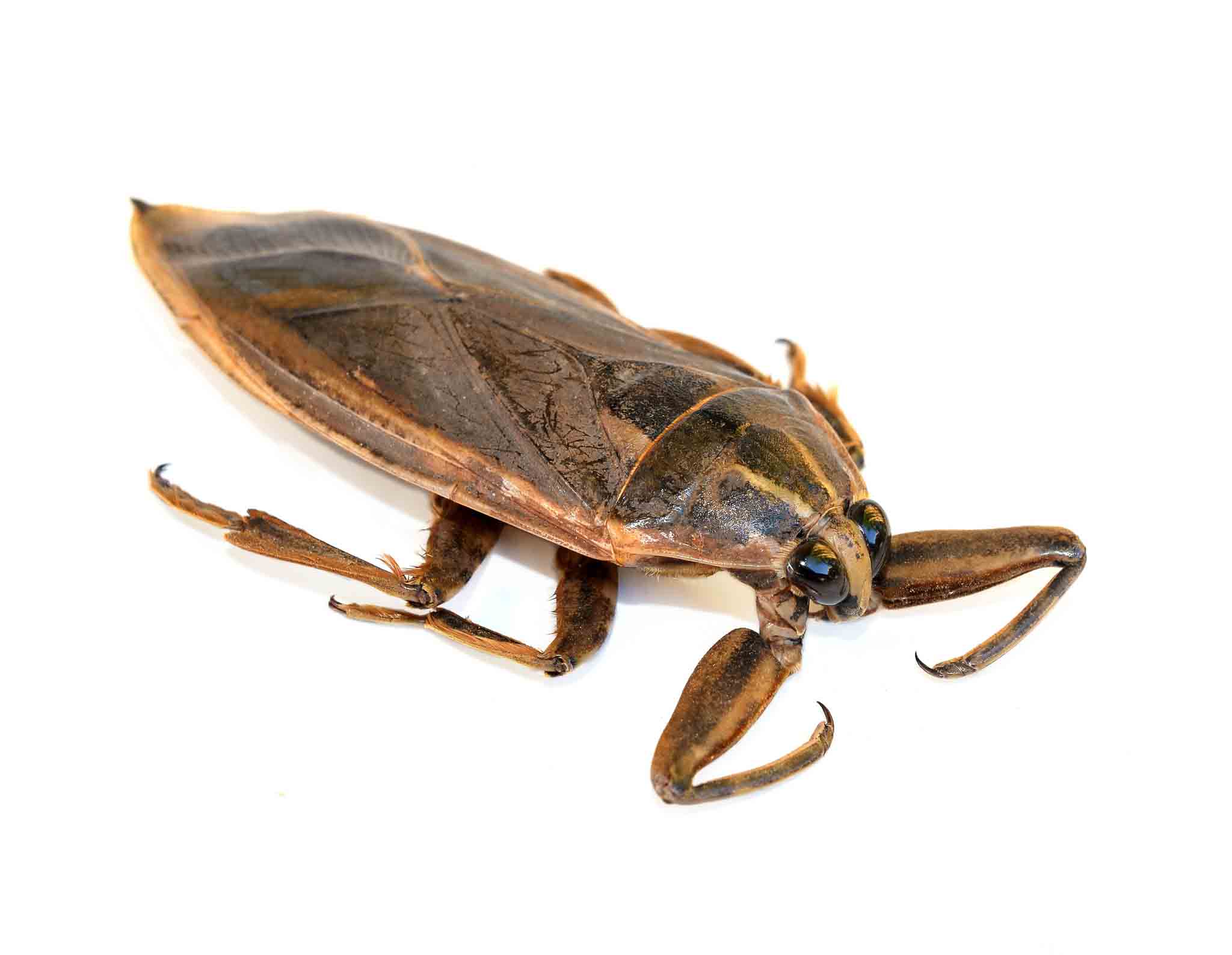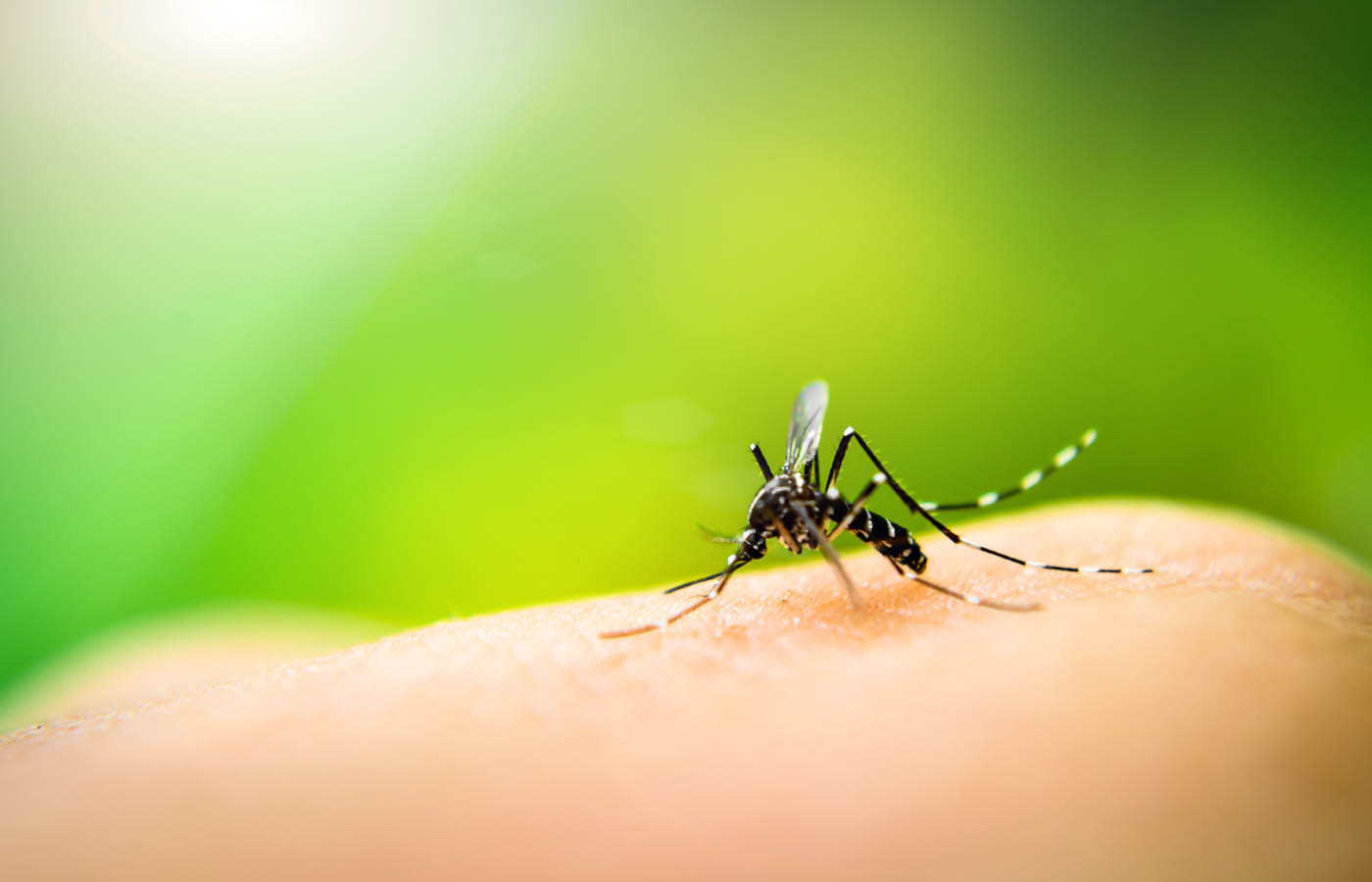Top 3 Most Harmful Pests to Avoid This Summer Jun. 18th 2018
Summer Pests: Top 3 Most Harmful Pests to Avoid This Summer Summer is when outdoor activities are at their peak, and millions of Americans hit the road for vacations. It's a time for fun and relaxing�but not so much so that you forget to be careful about pest control. Here are the top 3 most harmful pests to avoid this summer.
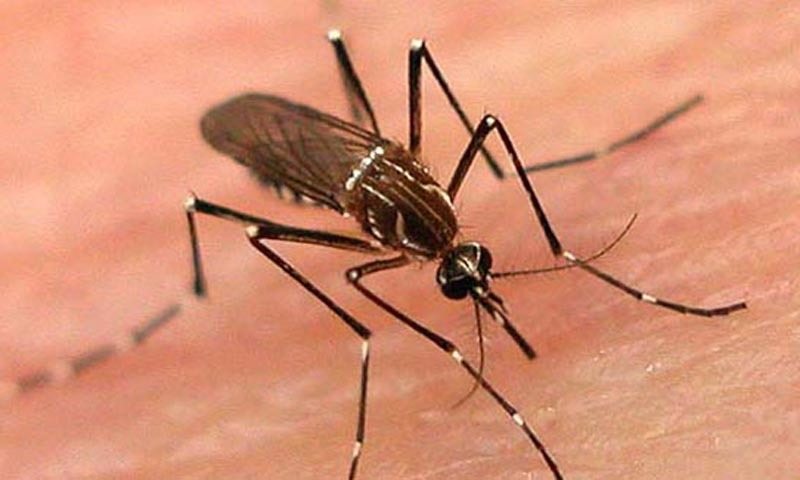
Summer Pests:
Top 3 Most Harmful Pests to Avoid This Summer
Summer is when outdoor activities are at their peak, and millions of Americans hit the road for vacations. It's a time for fun and relaxing�but not so much so that you forget to be careful about pest control. Here are the top 3 most harmful pests to avoid this summer.
Mosquitoes, ticks, bees and wasps, fleas, ants, termites, bed bugs, and other insects are cold-blooded, so during cold weather, they slow down, while in hot weather, they speed up�becoming more active and reproducing faster. The drought in much of the country is compounding the problem, as insects make their way indoors in search of water. Preventative pest control (e.g., not leaving out food, removing standing water around the home, sealing up any entry points from outside, regular professional pesticide treatments) can keep pests from seeking to quench their thirst in your home.Summer's Most Harmful Pests: Mosquitoes and Ticks
Lately, the number of people who have suffered from illnesses spread by mosquitoes and ticks has increased by more than thrice, and this is according to federal health officials. It is due to the finding that the Centre for Disease Control and Prevention emphasizes the need for people, especially kids, to be protected from such insects using substances that repel the bugs. Newly discovered pandemics such as Heartland virus have been reported in the continental United States while established illnesses like Lyme disease continue to be on the rise. On the other hand, dengue and Zika viruses spread by mosquitoes have been a major health risk to the people of Island regions such as Puerto Rico. A study published on Centre for Disease Control weekly report, warmer weather has a hand in the rapid increase of the cases of the diseases. However, the director of vector-borne diseases of the agency links neither global warming nor climate change to the sudden rise of the pandemics but instead blames it on the unavailability of vaccines as well as more jet travels."Newly discovered pandemics such as Heartland virus have been reported in the continental United States while established illnesses like Lyme disease continue to be on the rise."
Rest Easy Pest Control
Funding problems
The officials of Centres for Disease Control have raised concern over the skyrocketing levels of the diseases. They have emphasized the need to enhance support to the local as well as state health departments for their increased capability to fight these vector-borne illnesses. State and local health departments don't receive enough funds to fight these diseases despite the short cash infusions effectively they get when there is a health scare, for instance, the zika pandemic which broke out in the year 2016. One of the recent surveys on agencies involved in the control of mosquitoes shows that required assistance with essentials like monitoring and testing to determine the resistance of mosquitoes to pesticides.Mosquito and Tick-Borne Diseases
In 2004, the C.D.C received 27,000 cases of vector-borne diseases in the United States. Surprisingly, the cases hit 96, 000 for the year 2016. The total number of reported cases between the years 2004 and 2016 was a whopping 643,000, and 16 insect types were involved. C.D.C started asking for detailed reporting in 2004, and that's why the year is used as a baseline. Although the study doesn't indicate any cause for the increase, Dr. Petersen claims that it could be as a result of weather changes, increased human travels, reforestation of suburban areas and the unavailability of new vaccines to curb the disease outbreaks. When it comes to weather, Dr. Petersen gives an example of the areas that were previously too cold for the survival of ticks, but due to the recent warmer weather, the pests have been able to survive there. On the other hand, hot spells have been associated with rapid upsurges of mosquito-borne illnesses. The viruses that were previously uncommon in the United States, for instance, dengue and Zika have become common due to increased human travel from the tropics where they are rampant. The viruses can move long distances and very quickly in human blood via jet travels. According to the report, tick-borne illnesses are on a rapid rise in the U.S, especially in Northeast, California as well as the Upper Midwest. Ticks carry and transmit numerous diseases to people. Some of the diseases are Lyme disease, rabbit fever, Powassan virus, babesiosis, anaplasmosis and Rocky Mountain spotted fever. The majority of mosquito-related disease outbreaks from the year 2004 have occurred in American Samoa, Puerto Rico, as well as the Virgin Islands. However, West Nile virus seems to have spread throughout the country. For instance, there was a very serious outbreak of the disease in Dallas in 2012.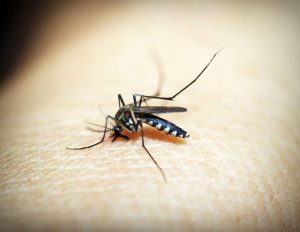
"The viruses that were previously uncommon in the United States, for instance, dengue and Zika have become common due to increased human travel from the tropics where they are rampant."
Rest Easy Pest Control - Long Island Pest Control and Exterminator
Way Forward
The majority of mosquito-related diseases have neither vaccines nor treatment. Therefore, control of the responsible vectors (mosquitoes) is the best way to fight the diseases. Unfortunately, mosquito control is a costly affair and rarely halts the diseases' outbreaks. In light of the issues mentioned above, there's a serious need for more mosquito and tick control measures that have been proven and publicly accepted to address the rapid spread of tick and mosquito-related illnesses in the United States.Summer's Most Harmful Pests: Bees, Wasps, and Stinging Insects
The sight of a single bee or wasp flying around will typically put a person on high alert. We all seem to be ready for one of the insects to swoop down and attack at any moment. These flying creatures have the most vicious sting of all summer pests. But exactly how dangerous are they? Let's take a look at some bees and wasps facts so that you know what you're dealing with.Vicious Sting of Summer Pests
For the most part, bees and wasps are simply trying to survive and make it through yet another day. If you were to stand still and not provoke them, they might fly close to you, but only out of coincidence. However, if you don't leave a bee or wasp alone -- for example, you try to swat it and miss -- it is possible that the little bugger will view you as a threat, which could lead to being attacked and possibly stung. And let's not forget their cousin, the hornet, which is aggressive enough, sometimes to attack even when unprovoked. Bees and wasps can be dangerous not only because of the venom they carry within their frail little bodies but because of the company they keep. Unless one is out scouting for food away from its central hive, there is a good chance that its friends will be nearby, ready to attack if so provoked. Bee Hive
Bee Hive
"For the most part, bees and wasps are simply trying to survive and make it through yet another day. If you were to stand still and not provoke them, they might fly close to you, but only out of coincidence."
Rest Easy Pest Control - Long Island Pest Control and Exterminator
